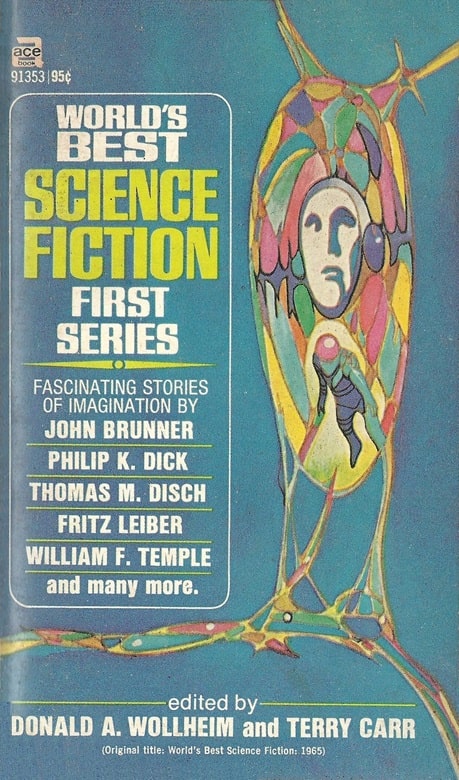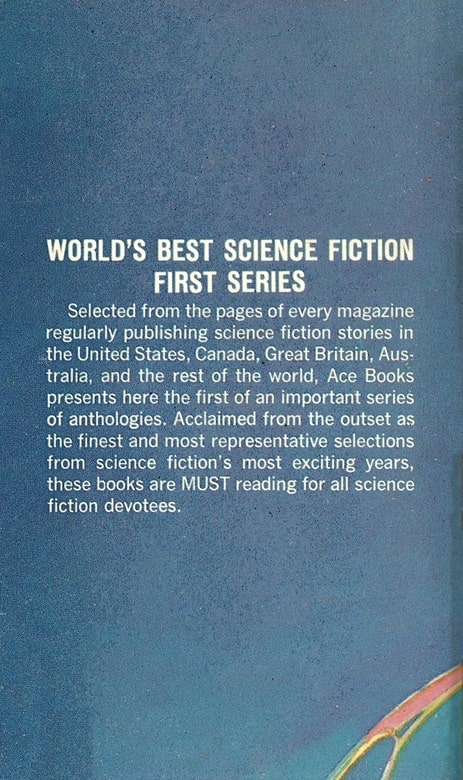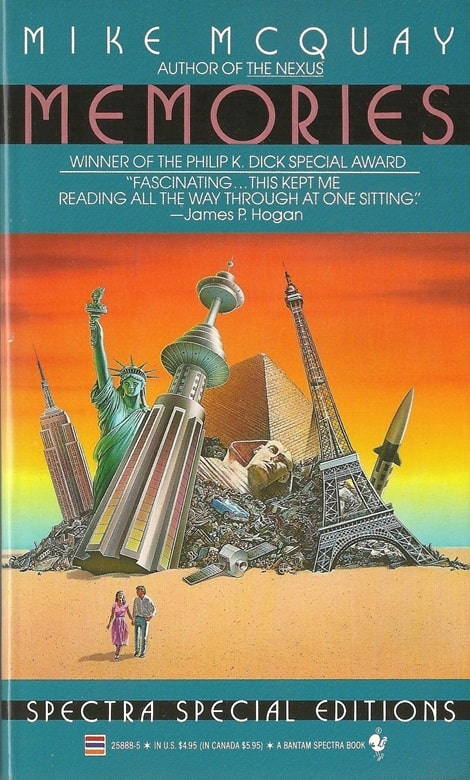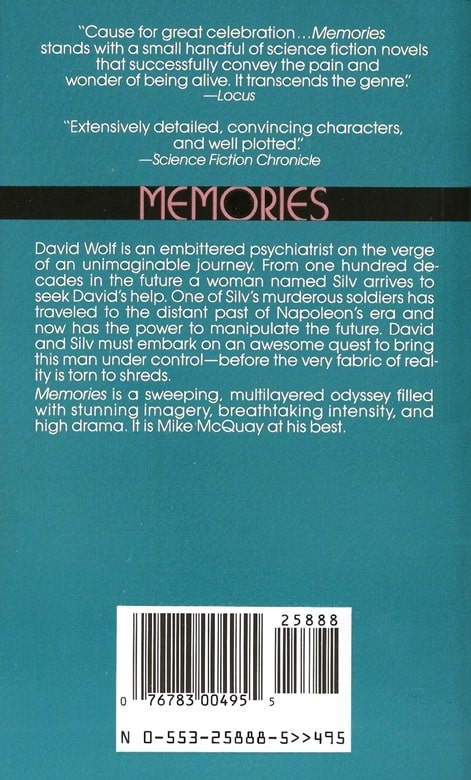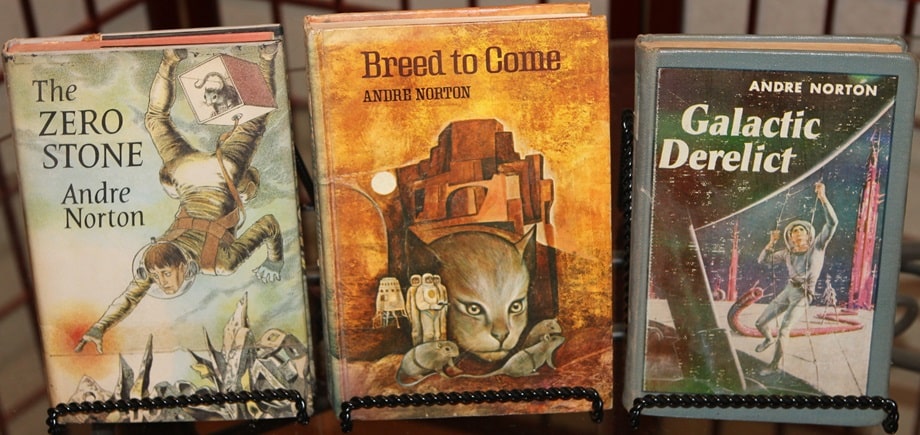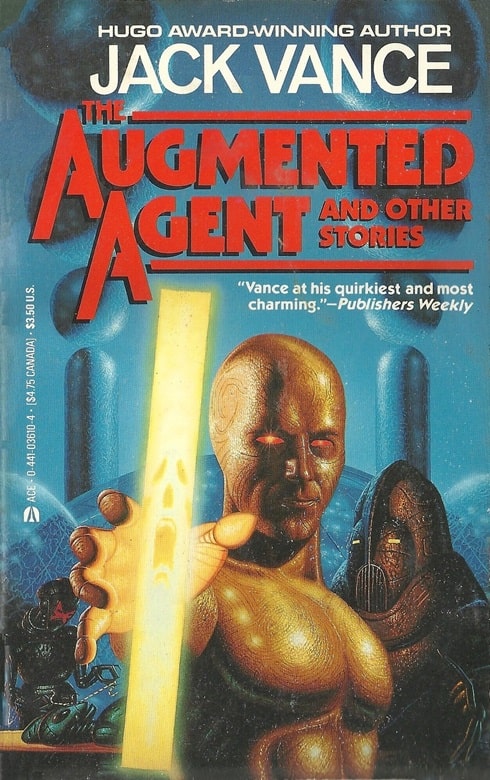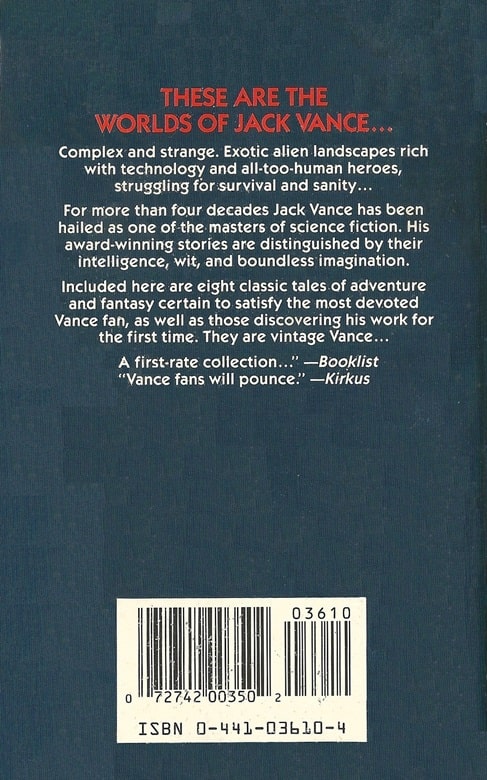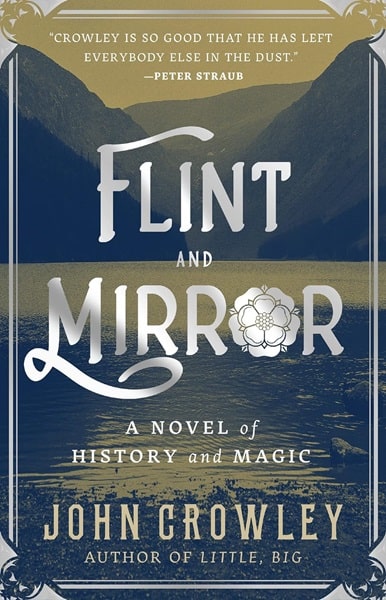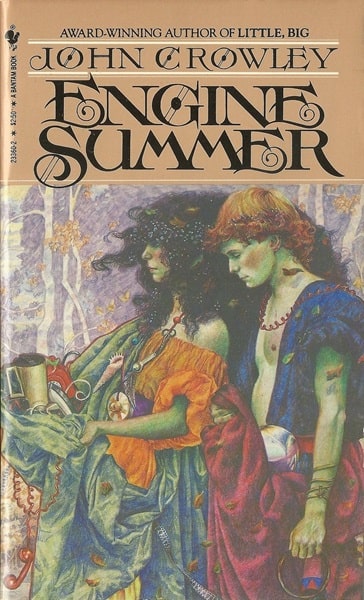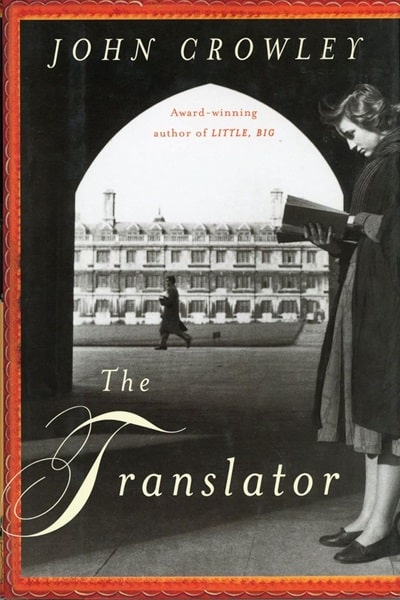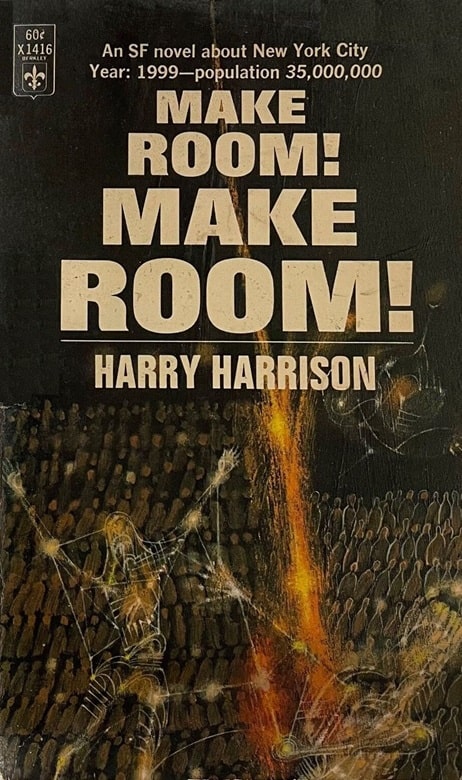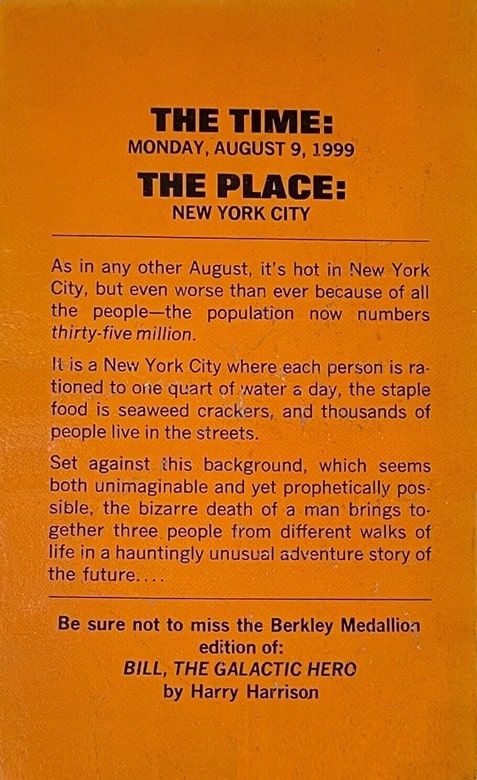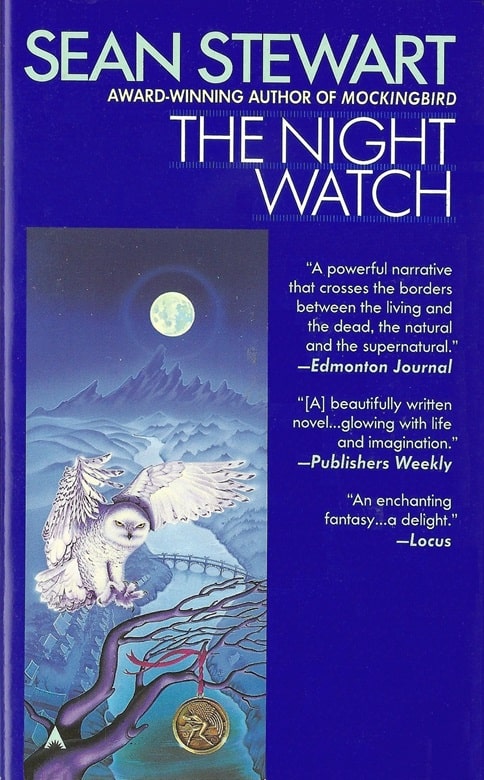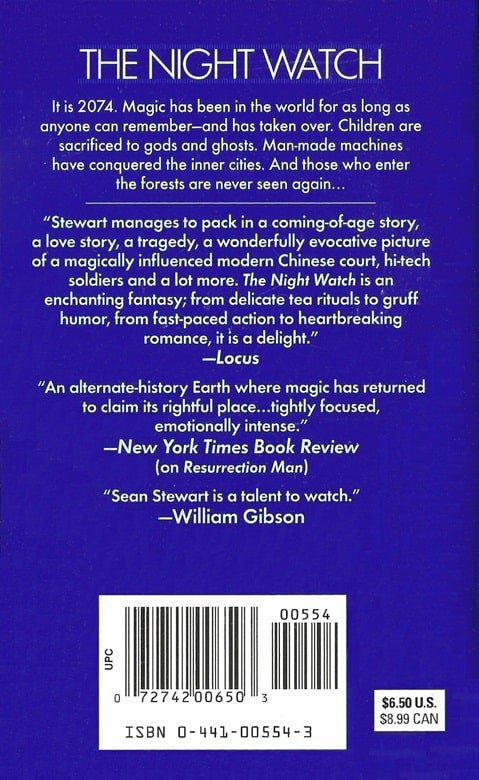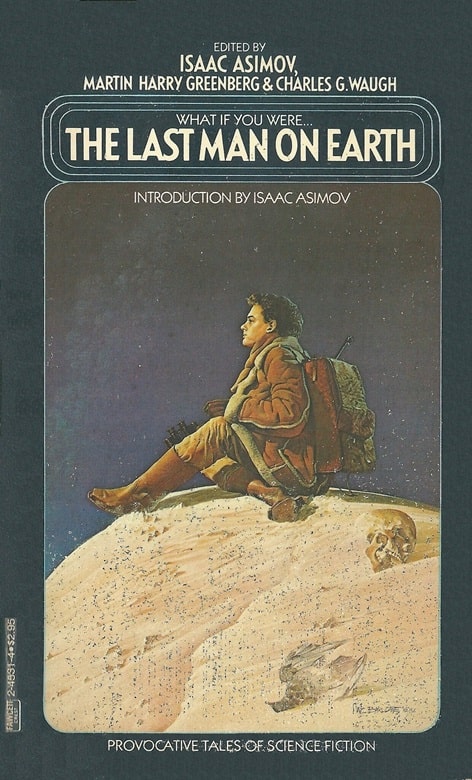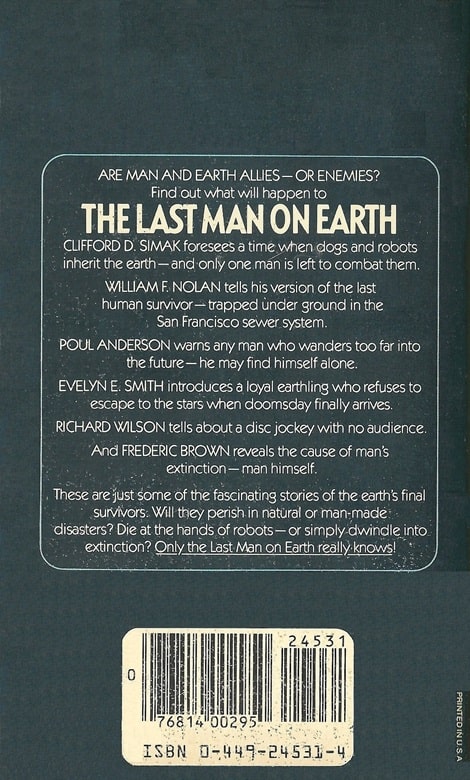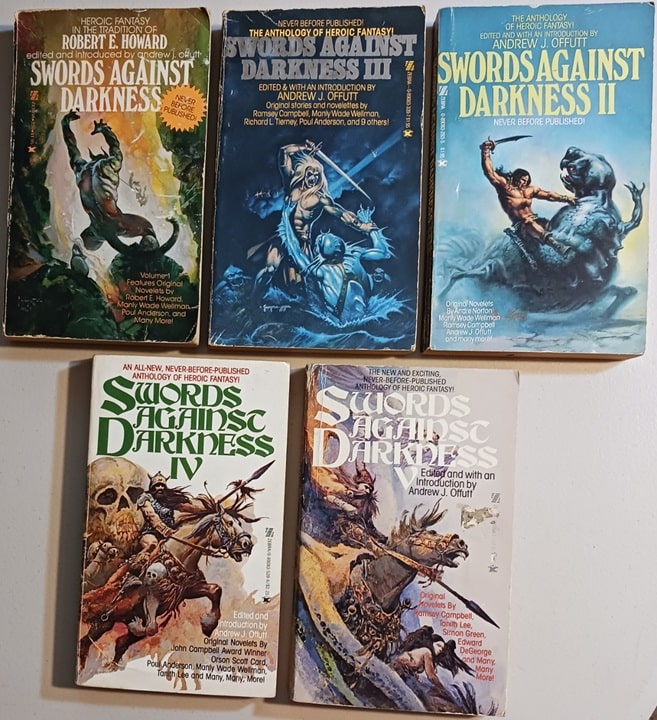Vintage Treasures: The Bantam Spectra Élisabeth Vonarburg
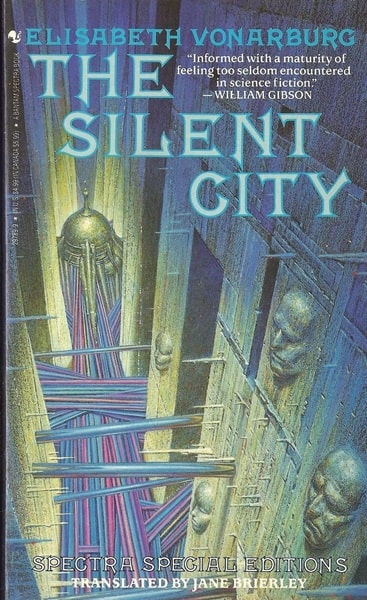 |
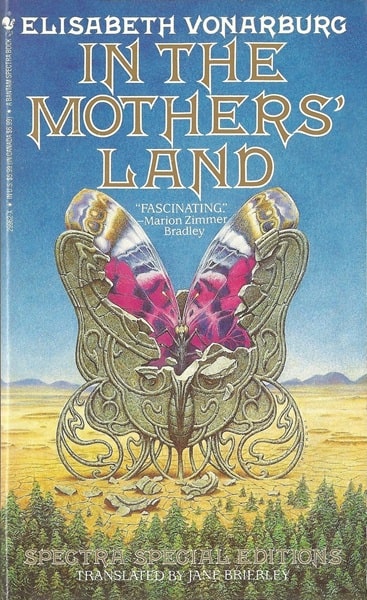 |
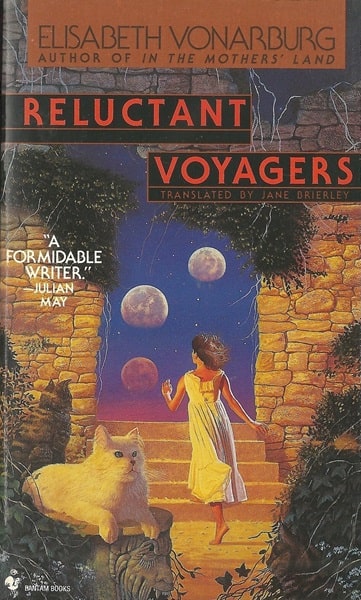 |
The Bantam Spectra Élisabeth Vonarburg: The Silent City (August 1992),
In the Mothers’ Land (December 1992), and Reluctant Voyagers (March 1995).
Covers by Oscar Chichoni, Oscar Chichoni, and Stephen Youll
I left Canada to attend grad school at the University of Illinois in Urbana Champaign in August 1987, and when I did I lost touch with much of the vibrant Canadian SF scene. There were a few Canadian authors celebrated in the States — folks like Charles de Lint, Donald Kingsbury, Julie Czerneda, Peter Watts, Guy Gavriel Kay, and a handful of others — but they were the exception. I had to get used to not hearing favorite Canadian acts on the radio (like The Box and Gowan), and I gradually got used to a lack of Canadian representation in bookstores as well.
That’s why it was such a delight to see French Canadian author Élisabeth Vonarburg experience a brief but marvelous period in the sun in the mid-90s, when Bantam Spectra translated three of her most famous novels into English, and brought them to the attention of grateful American readers.
